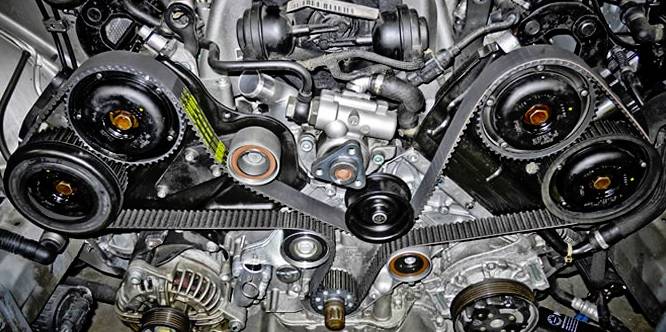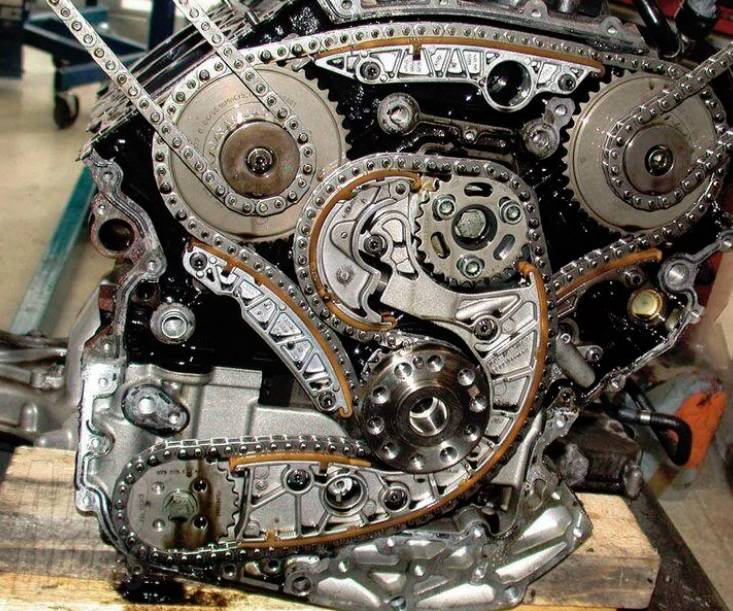In your car's engine, everything needs to work together smoothly.
The timing chain or belt helps with this by making sure the camshaft and crankshaft, which control the valves and pistons, move together perfectly.
The Role of Timing in Engines
The camshaft controls the fuel and air going in and out, while the crankshaft moves the pistons up and down. If these movements aren't synchronised, it can damage the engine. That's where the timing belt or chain comes in—it keeps everything moving in harmony by making sure each part turns at just the right speed.
Cambelt vs Timing Chain
The Cambelt, also known as the timing belt, is made of a reinforced rubber and is required to be replaced every 100,000-150,000km or about every 5 years due to wear and tear, while older timing chains are more durable made of metal like a bike chain and often last the lifetime of the vehicle newer ones are not and shaped like a shark tooth.
Signs my Cambelt needs Attention
When the timing belt encounters problems, its teeth may crack and break, causing the belt to move out of sync with the pulleys and disrupt mechanical timing. Unfortunately, there are usually no obvious warning signs before the timing belt fails. It often fails suddenly and unexpectedly, which is why we advise replacing it within a certain timeframe. Because the engine relies heavily on the timing belt, if it fails, the engine may seize, stop running altogether, or suffer a significant loss of power.
SD European offers cambelt replacements for all Audi, BMW, Mercedes Benz, Skoda and Volkswagen
Replacing the water pump, thermostat, and other drive belts and tensioners simultaneously with the cambelt ensures comprehensive maintenance and prevents potential issues in the future. Since these components work together closely and have similar lifespans, replacing them together can help maintain the overall health and reliability of the engine. Additionally, it can be more cost-effective and efficient to replace all related components at once rather than individually over time.
What’s that Rattle?
Timing Chains that rattle require immediate attention. Over time they can stretch as mentioned earlier the shark tooth eating away at the pulley and itself as they friction wear, particularly if they lack proper lubrication or maintenance. Insufficient tension on the chain causes excessive movement, resulting in rattling noises as it strikes against other engine components.
Here at SD European, we have all the specialist tools required to carry out the replacement of these parts correctly.
Does my car use a cambelt or a timing chain for its engine?
If you have a European car and unsure if you have a cambelt feel free to give us a Call today on
0800 269 772 with your rego handy or fill in the form below and we can do a quick catalogue check for you.
Is Your Car Due for a Cambelt Replacement?
The costs involved can vary so please contact one of our team members to receive an estimate on having your cambelt replaced.
SD european carries all the specialist tools required to carry out the replacement of these parts correctly.
The costs involved can vary so please contact one of our team members to receive an estimate on having your cambelt replaced.
Enquire now Back
 Cam Belt Type
Cam Belt Type


